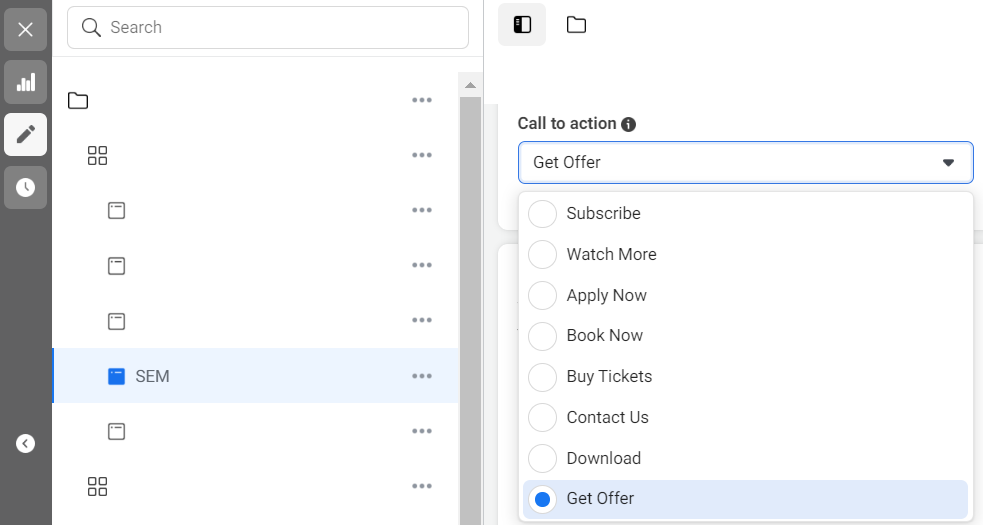.webp)
How to Find Low Hanging Fruit Keywords: Our Experts Guide
Finding low hanging fruit keywords is a critical strategy for businesses that aim to enhance their visibility and drive organic traffic without battling for high-competition search terms. This guide will walk you through ON How to Find Low Hanging Fruit Keywords effectively, using real-time data, expert insights, and proven tools.
What Are Low Hanging Fruit Keywords?
Low hanging fruit keywords are search terms with a balance of moderate search volume and low competition. These keywords are typically easier to rank for compared to highly competitive terms. Moz, a leader in SEO analysis, notes that targeting such keywords allows sites to gain visibility faster with fewer resources.
The Benefits of Targeting Low Hanging Fruit Keywords
Neil Patel, a renowned digital marketing expert, highlights that small and medium-sized enterprises (SMEs) gain the most from these keywords, as they often lack the domain authority needed to rank for more competitive terms. Data from SEMrush reveals that 60% of SEO professionals incorporate low competition keywords into their strategy, resulting in quicker wins and better engagement.
Step-by-Step Process to Find Low Hanging Fruit Keywords
1. Leverage Keyword Research Tools
To start, use SEO tools such as Ahrefs, SEMrush, and Moz to identify keywords with low keyword difficulty (KD). Ahrefs defines low hanging fruit keywords as those with a KD score below 20. Follow these steps:
- Enter seed keywords relevant to your niche.
- Analyze the KD score and search volume.
- Filter results to display keywords with KD scores under 20 and search volumes of at least 500.
2. Analyze Competitor Keywords
Competitor analysis is essential for finding keywords your rivals rank for but haven’t fully optimized. Tools like SEMrush allow you to input a competitor’s URL and extract a list of keywords they rank for, particularly those appearing on the second or third page of search engine results (SERPs). Targeting these keywords can provide an advantage by capitalizing on their under-optimized content.
Expert Insight: Matt Diggity, an SEO entrepreneur, emphasizes the importance of identifying opportunities in competitors' content gaps. He suggests using these keywords as a foundation for creating more comprehensive and engaging content.
3. Utilize Google’s “People Also Ask” Section
Google’s “People Also Ask” feature is an invaluable resource for finding intent-based questions related to your topic. These questions often have lower competition but align closely with what users are searching for. Including these in your content can help capture more organic traffic.
Pro Tip: When using “People Also Ask,” ensure that you write answers that are concise and informative to increase the chances of appearing in the featured snippet.
Real-Time Data Insights
Research from SEMrush shows that content optimized with low competition keywords achieves a 25% higher click-through rate (CTR) compared to highly competitive keywords. Additionally, Taboola notes that using these keywords in content and ad campaigns can boost conversion rates by 15%.
| Tool | Average Search Volume (per keyword) | Keyword Difficulty (%) |
|---|---|---|
| SEMrush | 500 - 1,500 | 15 - 20 |
| Ahrefs | 600 - 2,000 | 10 - 18 |
| Moz | 450 - 1,200 | 12 - 19 |
Best Practices for Implementing Low Hanging Fruit Keywords
1. Optimize Content for User Intent
Create content that answers specific questions and matches user search intent. This will position your content as highly relevant, which can improve your rankings.
2. Update and Monitor Keywords Regularly
SEO is dynamic; track the performance of your chosen keywords and adapt your strategy as needed. Regular monitoring helps you maintain and improve your rankings over time.
3. Incorporate Keywords Naturally
Avoid keyword stuffing. Integrate keywords seamlessly into your content to ensure readability and maintain a natural flow.
Summing UP
Targeting low hanging fruit keywords is a powerful approach to gaining quick SEO wins and enhancing site visibility. By leveraging tools, conducting competitor analysis, and optimizing for user intent, your content can rank higher and attract meaningful traffic.



